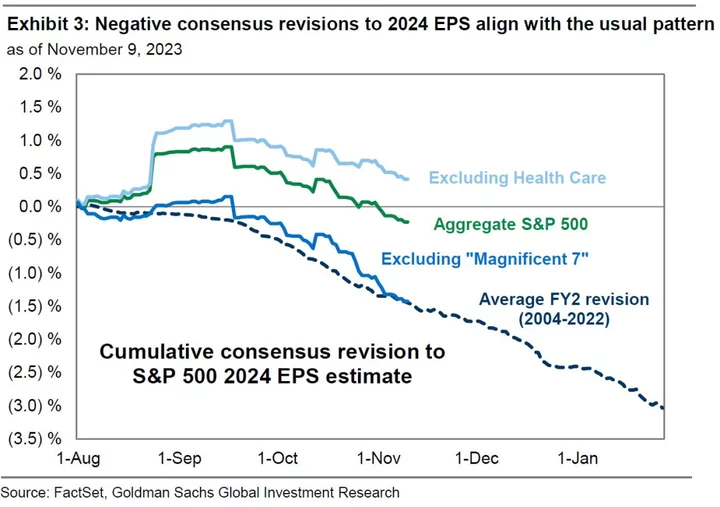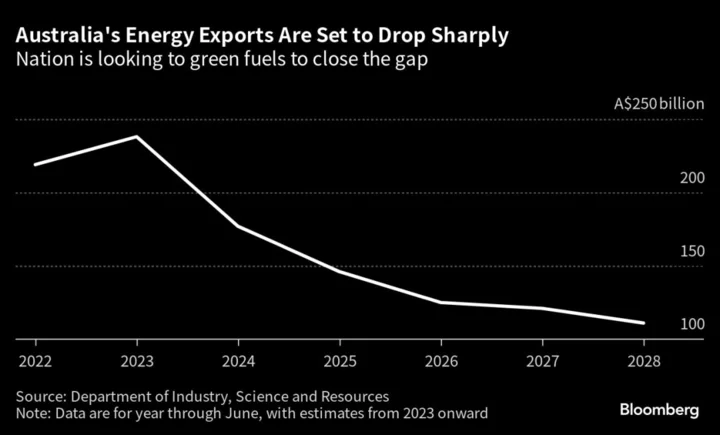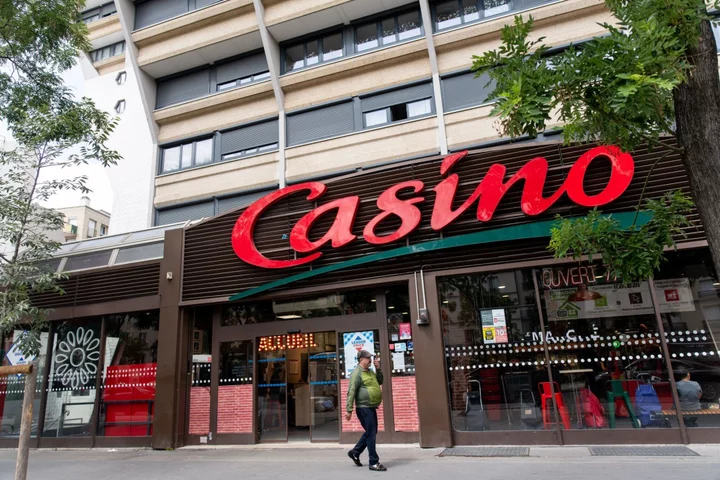New Zealand inflation slowed more than economists expected in the third quarter, adding to signs that the central bank has come to the end of its tightening cycle.
The annual inflation rate fell to 5.6%, a two-year low, from 6% in the second quarter, Statistics New Zealand said Tuesday in Wellington. Economists expected 5.9% while the Reserve Bank had forecast 6%. Consumer prices advanced 1.8% from three months earlier, less than the 1.9% median estimate.
The RBNZ this month maintained the Official Cash Rate at 5.5% and said policy may need to be restrictive for a sustained period of time to get inflation back into its 1-3% target range by the second half of 2024. Investors reduced bets on another rate increase after today’s report.
“We are winning the war on inflation,” said Jarrod Kerr, chief economist at Kiwibank in Auckland. “Today’s numbers significantly reduce the likelihood of any further hikes from the RBNZ. Whatever probability there was before today’s numbers, it’s closer to zero now.”
The New Zealand dollar declined. It bought 59.02 US cents at 12:34 p.m. in Wellington from 59.28 cents beforehand.
The likelihood of a rate hike at the RBNZ’s final meeting of the year on Nov. 29 fell to 26% from almost 50% ahead of the report, while the prospect of a move by May fell to 44% from 85%, swaps prices showed.
“The chance of a further rate hike from the RBNZ in November is less likely,” Westpac New Zealand Chief Economist Kelly Eckhold said, adding that his expectation of an increase is under review.
ANZ Bank New Zealand shifted its forecast rate increase to February from November, saying domestic-driven inflation pressures remain a significant problem but the pressure is off the RBNZ to act this year.
Aggressive Tightening
Economists said there was evidence that the RBNZ’s aggressive tightening, which saw the housing market slump and economic growth cool, was working to curb price pressures. That’s why inflation slowed despite record immigration and a surge in domestic fuel costs.
Prices for household items like furniture and appliances declined, and measures of core inflation also slowed.
Consumer prices excluding food, fuel and energy rose 5.2% from a year earlier, compared to a 6.1% pace in the second quarter. The RBNZ publishes its own core inflation measure later Tuesday.
Annual non-tradables inflation, a closely watched indicator of domestic price pressures, slowed to 6.3% from 6.6%, but was still higher than the RBNZ’s projection of 6.2%.
Nine of the 11 main groups in the consumers price index basket increased in the quarter. The main drivers were food, fuel, construction costs and rents, the statistics agency said.
Gasoline jumped 16.5% in the quarter reflecting higher global oil prices and reinstatement of excise taxes which were temporarily removed by the government to help cushion a cost-of-living crisis.
--With assistance from Ainsley Thomson.









